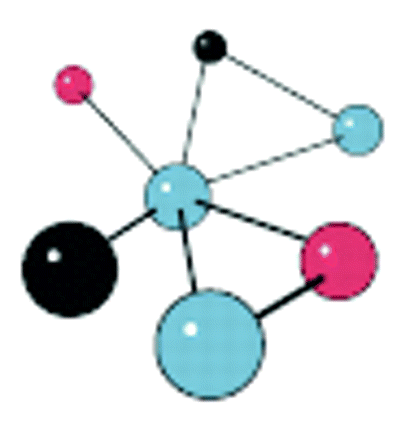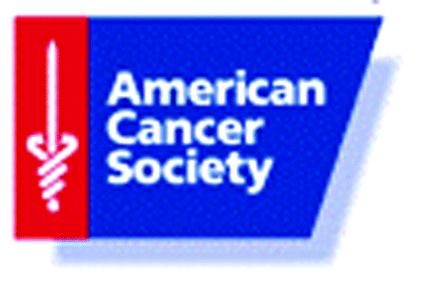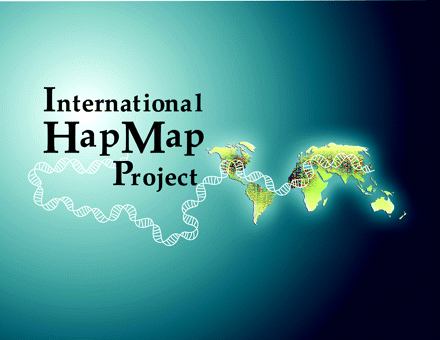Sites of interest on the World Wide Web—edited by David L. Roman
Making Connections: G Proteins and Other Signaling Entities
In this issue of Molecular Interventions, Joan Heller Brown and colleagues write about downstream effectors of G protein coupled receptors (GPCRs). The fine control of cell signaling processes, the networks of protein protein interactions and chemical modification of signaling moieties, represents the very essence of cellular homeostasis and physiology. As we all know, the interactions among signaling pathways fascinatingly complex, and one can only begin to have an understanding of how cells signal by focusing on a discrete portion of a pathway and then working toward more comprehensive, and complicated, models. One valuable tool in the step toward gaining a greater understanding and appreciation of these networks is located at Science’s

Signal Transduction Knowledge Environment (stke.sciencemag.org/cm/), now known as Science Signaling. Here, in the Database of Cell Signaling, you will find outlines and graphics of canonical pathways, expandable lists of pathways divided into categories by organism or subject, and the ability to search for a specific component (your favorite signaling protein) and see where it fits into a large database of signaling pathways. The graphical, referenced maps are great reference guides and can be used as teaching tools in the lab or classroom.

Phytochemicals in the Arsenal: Another Way to Battle Cancer
Phytochemicals are found in the greatest quantities in fruits and vegetables. The term encompasses a subset of compounds, the antioxidants, isoflavones, polyphenols and others that are promoted for the prevention of cancer. In their article in this issue, Kawasaki and colleagues explore the stem-cell hypothesis of cancer, and the potential anti-cancer activity that phytochemicals may have on that population of stem cells. Additional information on phytochemicals and their impact on cancer can be found at the American Cancer Society Web site: www.cancer.org/docroot/ETO/content/ETO_5_3X_Phytochemicals.asp. Here, a comprehensive discussion, written for the lay person, is provided, outlining the evidence of the benefits of a diet rich in antioxidant containing foods, as well as providing additional resources. The other resources include guides to finding clinical trials, Nutrition for Cancer Patients, complementary and alternative therapies, and treatment guidelines for patients. Although many of these topics expand broadly from the topic of phytochemicals, this site provides a great starting point for learning about the potential benefit of a diet rich in these compounds.

SNPs, Genes, and Haplotypes
Joan Cmarik, in this issue, writes about congenital disease single-nucleotide polymorphisms (SNPs). To discover potential disease correlates, a large number of SNPs have been mapped, but difficulties arise in trying to sort out the relevance of these individual SNPs. One group has taken the study of genetic variation a step further to the level of the haplotype, which is a grouping of SNPs that are located on a single chromosome and are statistically linked (to be recombined as a set). The HapMap Project, located at www.hapmap.org is operated by the International HapMap Project. This project aims to identify and catalog genetic similarities and differences in humans, from many countries across the globe, with the aim to find genes and SNPs (and haplotypes) linked to disease and responses to environmental conditions or medication treatments. The consortium, composed of academic and corporate laboratories, works toward sequencing chromosomes and deposits the data, freely available, on their Web site. The data are separated by chromosome number, and a large number of searching strategies are available to focus on the region, SNP, or disorder that interests you the most.

And Just For Fun
One of the most entertaining Web sites that I enjoy is the manifestation of the phrase “truth is stranger than fiction.” On the Web site of the Annals of Improbable Research, located at http://improbable.com/, some actual published research papers are highlighted, usually with the theme of “someone got a grant to do that?” or “why on earth would you study that?” Granted, the Web site also highlights unique findings of studies, including ones that may have been unintentional, such as the recent report of a schizophrenic patient who died of zinc poisoning after ingesting over 400 pennies. As is their trademark, the Annals’ commentary included the headline of “A penny’s not going to kill you.” This group is most famous for their Ig Nobel Prize ceremony, and highlights and winners of previous Ig Nobel prizes (http://improbable.com/ig/winners/) are also published for our entertainment! Enjoy!

- © American Society for Pharmacology and Experimental Theraputics 2008



